NASA received a record number of applicants for its 2017 class of astronauts—18,300 people for 12 slots. That’s an acceptance rate of less than 0.1 percent. Though companies such as SpaceX and Virgin Galactic are trying to make space travel more widely accessible to non-astronauts, the trips will be expensive and no one knows for sure when they’ll actually happen. Scottish photographer Robert Ormerod began to wonder, “How do all these people dreaming of outer space, of exploring those possibilities, fulfill their dreams when it’s so hard?”
So he embarked on his own terrestrial mission to document the world of space enthusiasts. For the project, titled “Above Us the Day,” he watched amateur engineers launch their own rockets at the annual International Rocket Week in Ayrshire, Scotland. He met a pair of Icelandic brothers obsessed with capturing the aurora borealis on film. He met people with visual impairments at Space Camp in Huntsville, Alabama. He drove through the remote deserts of Utah and Oman to see volunteers participating in Mars simulations that may yield discoveries allowing humans to visit other planets.
Though the places may be separated by thousands of miles, the people are connected by their common passion. “They’re all dreamers in some way,” Ormerod says. They share humanity’s ardent hope that we might one day find ourselves among the stars.

A member of the simulation crew uses a hand to shield her eyes from the bright desert sun inside a inflatable dome used to conduct various experiements
Photo by Robert Ormerod
A Mars simulation crew member shields her eyes from the Omani sun while helping with an experiment.

Analogue Astronauts conduct an experiment which measures moisture in the ground. 19 experiments were selected to be conducted during the simulation in Oman. Submissions came from scientists, engineers and academic institutions across the world.
Photo by Robert Ormerod
“Analog astronauts” (people trained to conduct space simulations) perform tests in the Dhofar region of Oman.
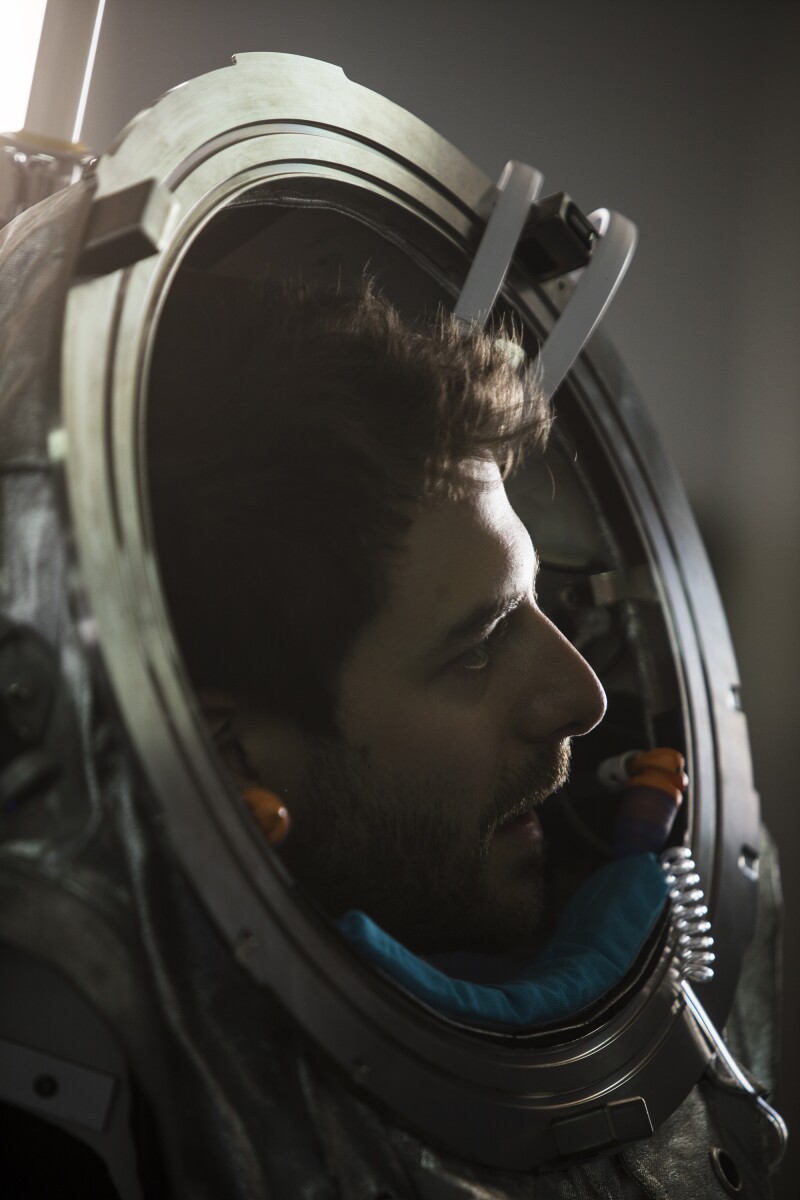
Stefan Dobrovolny, an Analog Astronaut, photographed in a specially designed suit during a Mars simulation in Oman. Stefan is a medical doctor but spends some of his free time taking part in mars simulations
Photo by Robert Ormerod
Dr. Stefan Dobrovolny wears a specially designed spacesuit during the Oman simulation. When not volunteering for simulations, Dobrovolny works as a medical doctor.

Aurora hunters & brothers Gaukur Hjartarson a Civil engineer and Hreinn Hjartarson, 56, a Project manager at power plant, out photographing the aurora near Husavik in northern Iceland. When the skies are clear and dark and there is a good chance of seeing the northern lights the brothers head out to make photographs and time lapses Contact details- [email protected] Tel 8994028 [email protected] 354 896 6115
Photo by Robert Ormerod
Brothers Gaukur and Hreinn Hjartarson hunt the aurora borealis in northern Iceland. On clear, dark nights they go out to take regular and time-lapse photos of the otherworldly lights.
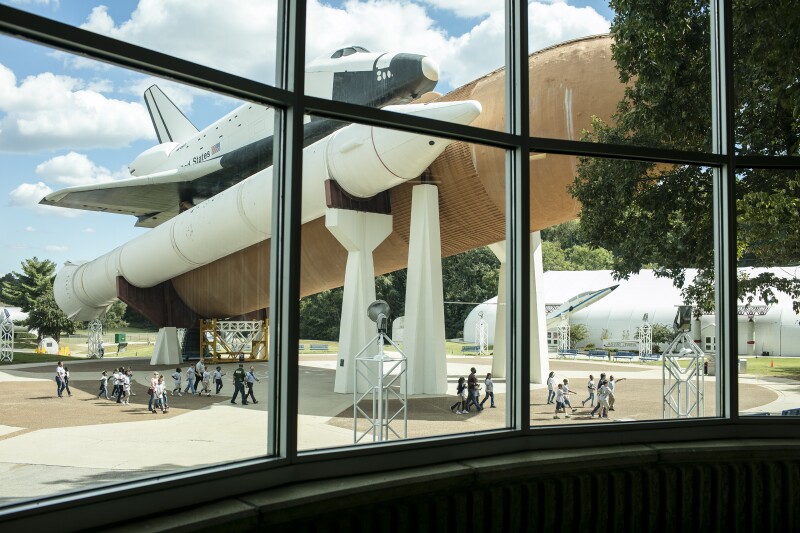
Space camp attendees walk under The Space Shuttle Orbiter Pathfinder in Huntsville Alabama. The Pathfinder is a Space Shuttle test simulator made of steel and wood, constructed by NASA in 1977 as a test article.
Photo by Robert Ormerod
Space Camp attendees who are blind or visually impaired walk under the Space Shuttle Orbiter Pathfinder in Huntsville, Alabama. “These people know the probability that they won’t be able to go to space. It doesn’t mean they won’t work in the industry in some way. That’s one of the reasons they go [to camp],” says Ormerod.

A mock space craft which is used for simulations at US Space Camp, Huntsville Alabama
Photo by Robert Ormerod
A mock spacecraft in Huntsville, Alabama, used for simulations at Space Camp.

Aline Decadi from france is a full time safety engineer on an ESA rocket program but has used up all her holidays for the year to volunteer on the mars simulation in Oman. Aline feeds her deep passion for moon/mars exploration by volunteering with the Austrian Space Forum. Aline. [email protected] 33 1 53698172
Photo by Robert Ormerod
Aline Decadi works full-time as a safety engineer at the European Space Agency. She also fuels her passion for space exploration as a volunteer with the Austrian Space Forum; this year, she used all her vacation days to participate in the Mars simulation in Oman.
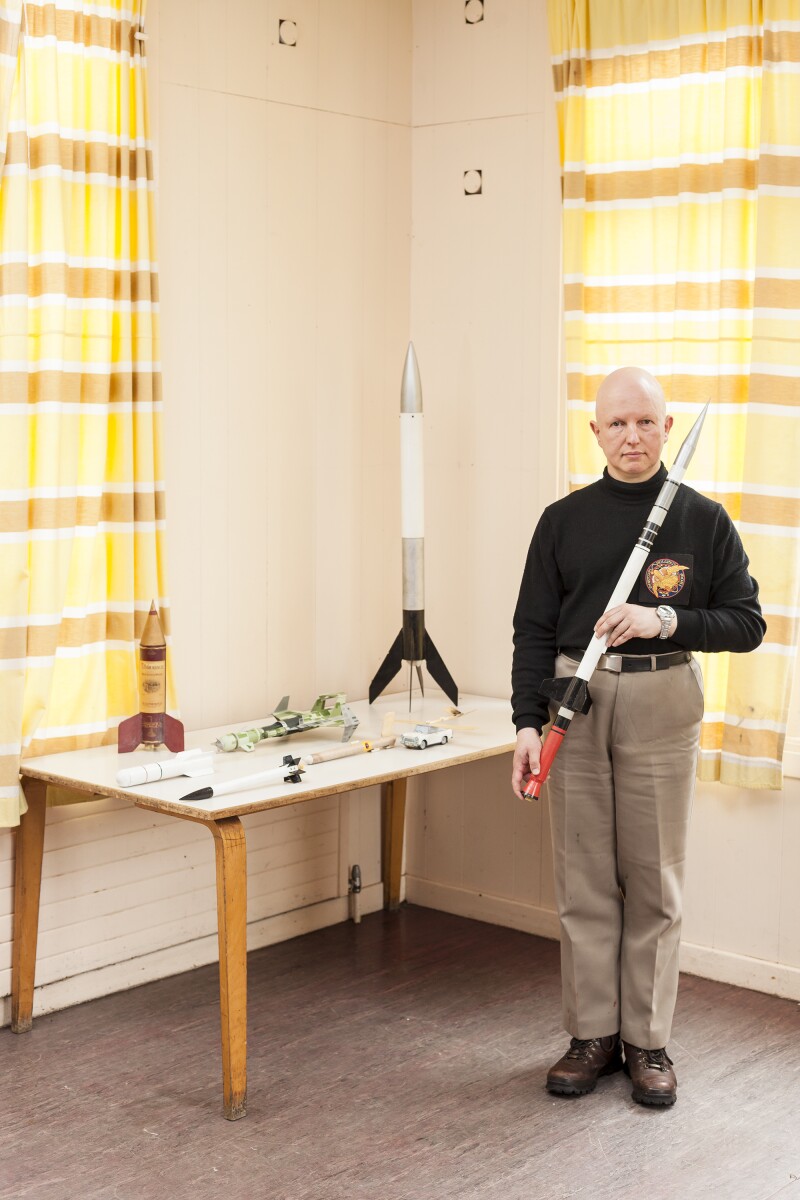
Adrian Hurt, a 52-year-old technician at Heriot Watt University, stands for a portrait at International Rocket Week, an annual rocketry event held at Lapwing Lodge in Aryshire, Scotland.
Photo by Robert Ormerod
Adrian Hurt, a computer technician at Heriot-Watt University, stands for a portrait with his models at International Rocket Week in Ayrshire, Scotland.
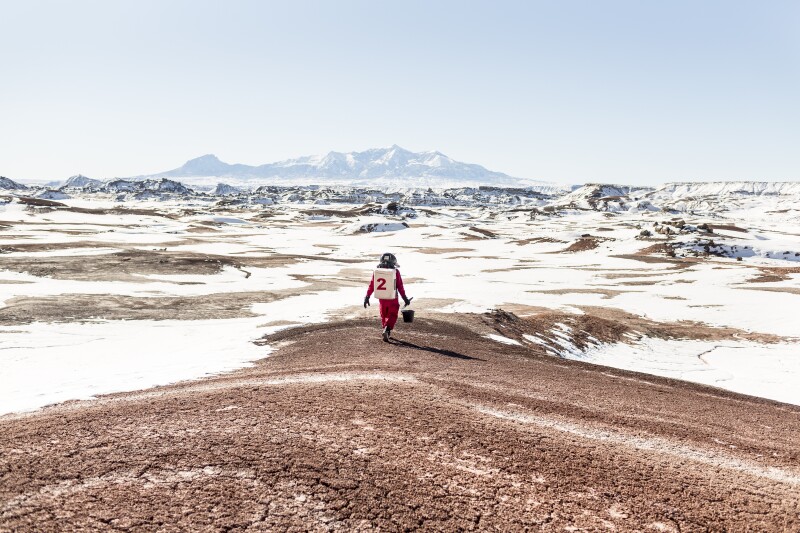
A member of a MDRS simulation team from The International Space University in Strasbourg strides out into the Utah desert. During the summer months many teams live and work at the Mars Desert Research Station. The terrain’s ferrous-red hue and the harshness of the climate are used to mimic Mars’s. Each crew carries out experiments ranging from astrobiology and meteorite analysis to 3D-printing and social psychology.
Photo by Robert Ormerod
A team member from the International Space University in Strasbourg, France, strides into the Utah desert where the Mars Desert Research Station is based. The location’s geology and harsh climate serve as a close replica for what astronauts might expect on the Red Planet.
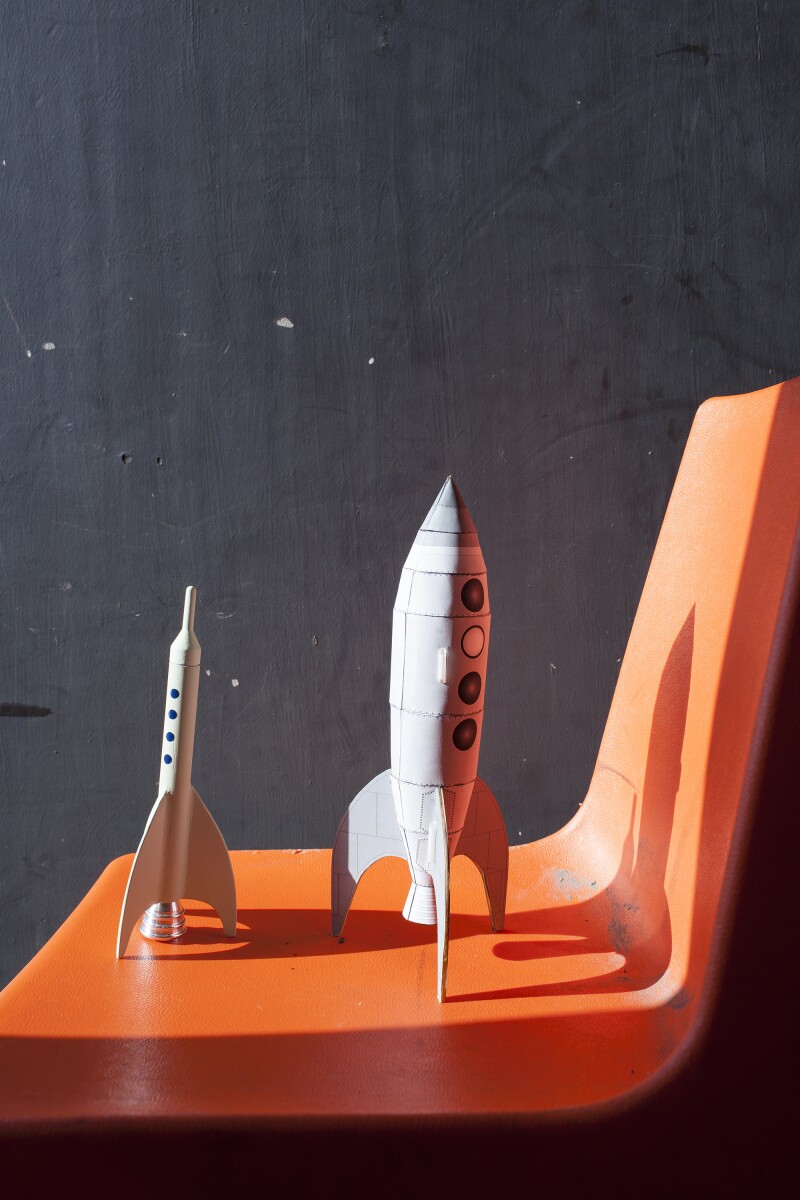
Model rockets are seen at International Rocket Week, an annual rocketry event held at Lapwing Lodge in Aryshire, Scotland
Photo by Robert Ormerod
Model rockets on display at International Rocket Week. The annual event is held at Lapwing Lodge in Ayrshire, Scotland.
>> Next: These Are the Ideas That Will Shape the Future of Flying











